Memory and Storage 2020: Intel Unveils 6 Next Gen Memory and Storage Products
Including Optane SSD P5800X, Memory H20, SSD 670p next gen 144-layer QLC 3D NAND SSD, Architected with 144-layer, TLC 3D NAND technology SSD D7-P5510, and SSD D5-P5316 144-layer QLC design
This is a Press Release edited by StorageNewsletter.com on December 22, 2020 at 2:16 pmAt Memory and Storage 2020 event, Intel Corporation highlighted 6 memory and storage products to help customers meet the challenges of digital transformation.
Optane SSD P5800X with next-gen Optane memory
and advanced controller delivers ‘no-compromises’ I/O
performance and high endurance, providing value over legacy
storage.
The company announced 2 new additions to its Optane SSD Series: the SSD P5800X, a fast data center SSD, and the Memory H20 for client, which features performance and mainstream productivity for gaming and content creation. Optane helps meet the needs of modern computing by bringing the memory closer to the CPU. The firm also revealed its intent to deliver its 3rd gen of Optane persistent memory (code-named ‘Crow Pass’) for cloud and enterprise customers.
Optane Memory H20 is next generation
of Optane memory-based storage solution for PCs,
enabling fast, responsive storage performance.
“Today is a key moment for our memory and storage journey. With the release of these new Optane products, we continue our innovation, strengthen our memory and storage portfolio, and enable our customers to better navigate the complexity of digital transformation. Optane products and technologies are becoming a mainstream element of business compute. And as a part of Intel, these leadership products are advancing our long-term growth priorities, including AI, 5G networking and the intelligent, autonomous edge.” said Alper Ilkbahar, VP, data platforms group, and GM, Optane group.
SSD 670p is next gen 144-layer QLC 3D NAND SSD
for mainstream computing that will continue
to deliver high productivity for real-world workload
uses and applications in the PC client.
The company also announced 3 NAND SSDs featuring 144-layer cell memory: the SSD 670p, its next-gen144-layer QLC 3D NAND SSD for mainstream computing; the SSD D7-P5510, a world’s first-to-market 144-layer triple-level-cell NAND design; and the SSD D5-P5316, a greater-density, higher-endurance SSD built around the144-layer QLC NAND.
Architected with 144-layer, TLC, Intel 3D NAND technology,
SSD D7-P5510 offers optimized performance and capacity
for all-flash arrays and is designed to advance IT efficiency
and data security.
Why Optane technology matters
With these Optane technology announcements, the company continues to establish a new tier in the data center memory and storage pyramid, which combines the attributes of both DRAM and NAND. Optane SSDs alleviate data supply bottlenecks and accelerate applications with fast caching and storage to increase scale-per-server and reduce transaction costs for latency-sensitive workloads.
Click to enlarge
Optane persistent memory is firm’s vision of a memory and storage solution that offers persistence, capacity, affordability, low latency and memory-like speed. With it, the company has re-architected the memory and storage hierarchy allowing it to be used as a distinct capacity and performance tier for memory and storage. With this approach, it is possible to create a 2-tiered memory architecture where DRAM is the performance tier and persistent memory is the capacity tier. In the case of storage, Optane persistent memory is used as the performance tier to the NAND capacity tier.
Optane persistent memory is attached to the CPU via the double-data rate bus, enabling direct load-and-store access at DRAM speeds; non-volatile, it combines the best elements of memory and storage.
Intel will further strengthen and extend its memory and storage portfolio with its 3rd gen of Optane persistent memory, code-named ‘Crow Pass’ and with future Xeon Scalable processors (code-named ‘Sapphire Rapids.’)
SSD D5-P5316 is a 144-layer QLC design,
which optimizes and accelerates legacy capacity storage.
The responsiveness of Intel 3D NAND QLC with high capacity
and performance is targeted for the warm storage segment.
Why 144-layer cell memory NAND matters
Three NAND SSDs announced represent new milestones for establishing TLC and QLC as a mainstream technology for high-capacity drives. The 3D NAND SSD 670p is the firm‘s next-gen 144-layer QLC 3D NAND SSD for mainstream computing. The SSD D7-P5510 has a 144-layer TLC NAND design and the Intel SSD D5-P5316 is built around 144-layer QLC NAND. The company has been developing these technologies over the past decade.
Resources:
Enable Unprecedented Storage Value with Intel Optane SSD P5800X (David Tuhy presentation)
Extending NAND Leadership with Intel SSD D7-P5510 and Intel SSD D5-P5316 (Jonmichael Hands presentation)
The Future of Leadership Memory and Storage Technology for PCs (David Lundell presentation)
The Future of Intel Optane Persistent Memory (Alper Ilkbahar presentation)
Video: Navin Shenoy Keynote: Navin Shenoy, EVP and GM, data platform group, shares his thoughts on the importance of advanced memory technologies, the new Intel Optane Group and how Intel’s game-changing portfolio will enable customers to move, store and process the world’s ever-increasing demand for data. Watch Video Replay
Video: Rob Crooke Keynote: Rob Crooke, SVP and GM, NAND products and solutions group, shares new announcements about products based on 3D NAND technology for both the data center and client. He also talks about Intel’s agreement with SK hynix and his vision for innovation and technology leadership in the NAND industry. Watch Video Replay
Video: Frank Hady Keynote: Frank Hady, Intel Fellow and chief, Optane systems architect, shares insights on the growing dissonance at a technology level between core count and accelerator workloads. He also discusses the common memory and storage hierarchy and how Intel Optane technology fills these critical platform needs. Watch Video Replay
Video: Intel Optane SSD P5800X: Introducing Intel Optane SSD P5800X — the world’s fastest data center SSD. In addition to leading IOPS performance, next gen Intel Optane technology continues to offer unparalled low latency, outstanding QoS and high endurance. Watch Video
Video: Intel SSD D7-P5510 and SSD D5-P5316: Intel extends its 3D NAND leadership with the launch of SSD D7-P5510 and introducing Intel SSD D5-P5316. The 1,440-layer data center products accelerate cloud storage workloads and optimize warm storage. Watch Video
Video: I/O Storage Optimizations for New Media: Traditional storage methods do not unlock the full value of modern media. Learn about how Media Aware Storage Framework enables developers to optimize data placement across a range of storage environments.
Video: Developers Insights to Optimize Storage Stacks for Intel Optane SSDs: The best hardware requires the best software to bring its benefits to all users. Learn about the Optane SSD P5800X, and gain insights from top developers and researchers about how to take full advantage of its performance for your customers.
Video: Developer Insights for Optane Persistent Memory Programming: Persistent memory programming has challenges around cache flushing. Learn about the open standard programming model and eADR, a platform feature extending protection from the memory subsystem to the processor caches in the event of power failure.








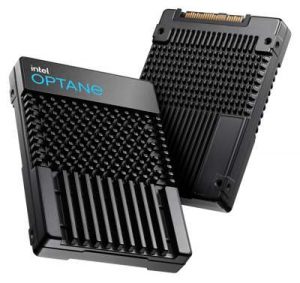


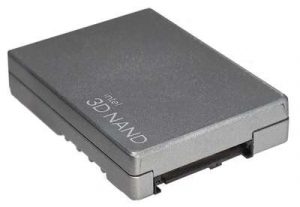
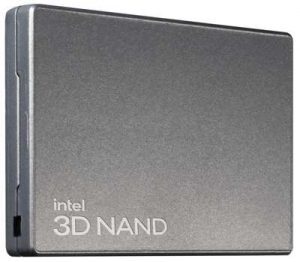
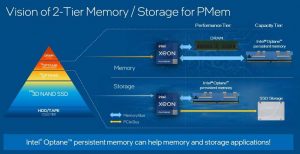
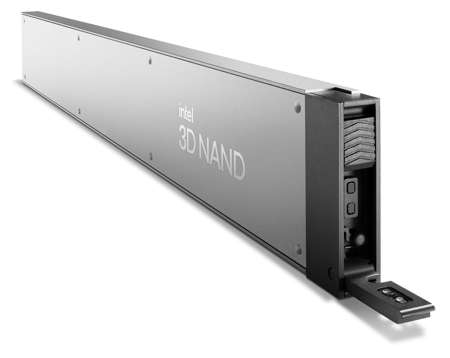





 Subscribe to our free daily newsletter
Subscribe to our free daily newsletter

